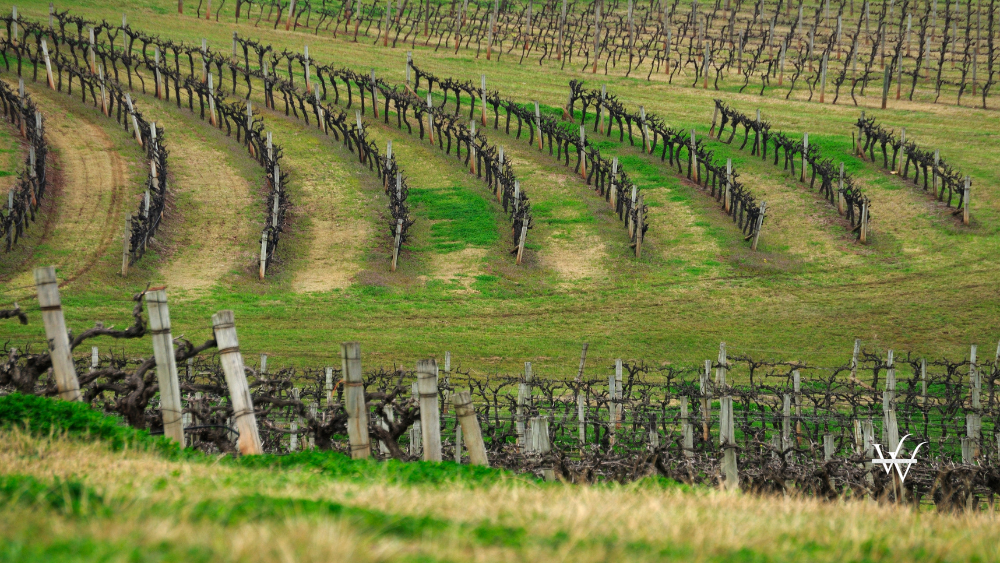The Australian wine industry has reported an 11% increase in wine grape production for the 2025 harvest, according to the latest national vintage report released by Wine Australia.
This year’s total reached approximately 1.57 million tons, a significant rise compared to 2024, yet still 140,000 tons short of the ten-year average of 1.71 million tons.
The shortfall, however, was not entirely unintentional. According to Peter Bailey, head of market analysis at Wine Australia, the lower-than-average yield is the result of a strategic recalibration by the sector, responding to declining international wine demand and the necessity of aligning supply with more sustainable pricing for producers.
“The industry made deliberate decisions to limit production,” Bailey explained. “While weather events certainly impacted some yields, we likely would have hit average volumes if not for conscious efforts to reduce surplus.”
Climate Impacts and Regional Adjustments
The 2025 harvest was shaped by adverse weather, including dry conditions and a damaging spring frost that hit early-flowering white varieties particularly hard. These conditions helped suppress yields across several regions, notably in cooler and temperate zones.
Despite this, many areas posted gains. South Australia maintained its dominance as the nation’s largest producing region, followed by New South Wales and Victoria. Notably, Tasmania recorded a record harvest for the second consecutive year, marking its rising profile in premium wine production.
Varietal Trends: Reds Surge, Whites Steady
The overall production increase was largely driven by red wine grapes, which rose by 20% year-on-year, while white varieties grew by just 2%. Nonetheless, both categories are still under their historical benchmarks: reds are 9% below average, and whites 8%.
Among individual grape varieties, Shiraz reclaimed the top spot as the most harvested variety, with a 23% volume increase. In contrast, Chardonnay dropped to second place following a 13% decrease, mostly due to frost damage.
Other major varieties such as Cabernet Sauvignon, Pinot Noir, Pinot Grigio/Gris, and Sauvignon Blanc also posted double-digit growth. For the first time ever, Pinot Grigio/Gris entered the top five, overtaking Merlot. This shift means that three white varieties now feature among Australia’s top five most produced grapes.
Interestingly, only three of the top ten varieties—Pinot Grigio/Gris, Sauvignon Blanc, and Pinot Noir—have seen volumes exceed those recorded a decade ago, highlighting the long-term stagnation or decline in production for many traditional varieties.
Economic Outlook and Price Trends
The estimated value of the 2025 harvest is AUD 1.13 billion, a 14% increase compared to last year. However, average grape prices declined in cooler and temperate regions, while prices rose in warm inland zones, likely reflecting regional market pressures and growing conditions.
While the revenue increase is encouraging, Bailey noted ongoing concerns about varietal balance, especially with red wines. “The rise in red grape production may aggravate Australia’s existing surplus of red wine,” he warned. “Producers will need to be careful not to oversupply a market that’s still recovering.”
Nevertheless, Bailey reassured consumers that Australian red wines remain readily available, and the industry is committed to adjusting supply responsibly.
Strategic Challenges Ahead
Australia’s wine industry finds itself in a period of cautious optimism. The 2025 harvest reflects resilience and strategic foresight, balancing weather-related challenges and market realignment. While output remains below historical norms, this reflects a deliberate move toward sustainability, profitability, and long-term stability rather than a sign of decline.
As the sector adapts to evolving global demand, particularly from Asia and North America, continued regional innovation, climate adaptation, and varietal diversification will be key pillars of future growth.
Source: Vinetur

